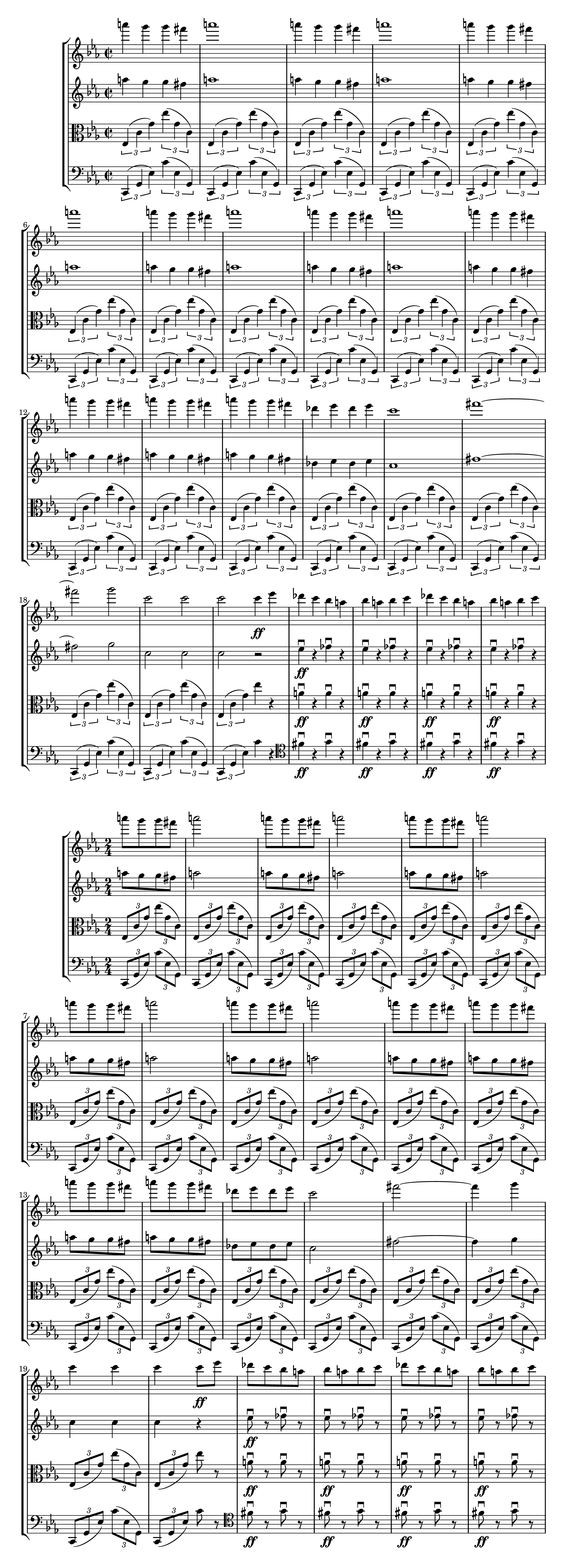First of all you should note that this is notated alla breve, so comparing the time to quarters per minutes serves little purpose. Could this have been notated in 2/4? Yes, absolutely! Writing it like this though makes writing and engraving a lot easier, because it avoids beams.
Furthermore it is not an uncommon practice in orchestral music to resort to bigger note values with faster tempi. Just consider the famous Scherzo from Beethoven’s 9th:

This is notated in 3/4 with a MM of whole bar = 116, which would account to whopping 348 quarters per minute, with the later Presto section in 2/2 accounting to (disputed) 464 quarters per minute.
The final Presto of Beethoven 5 is notated alla breve with whole measure = 112, accounting to 448 quarters per minute.
And yes, these are quite extreme cases, but it shows that orchestral musicians are not entirely unused to such notation, as all of this cases could be notated in half the tempo with halved note values. And yes, Shostakovitch’s tempo is even a bit more extreme than that, but not by far, and considering the nature of the piece it is not unreasonable for it to be extreme.
Of course there are many reasons for why one does this: It could even simply be tradition to notate certain types of pieces in certain time signatures, and then the tempo gradually increased. But you need to keep in mind that with increasing number of staves notation quickly becomes increasingly complex, and having beams everywhere does not really help there.
So arguable Shostakovitch could have notated this differently, but it is not like this notation here is particularly weird or uncommon. In fact this is not the only time Shostakovitch resorts to big note values for fast pieces. Take his Db fugue: It is indicated at 138 dotted half notes per minute, or 414 quarters. And if you look at the score I think it is quite clear that notating this with half note values in half the tempo would absolutely make this much less transparent to read.
In this particular case the benefit is a bit less. Compare for yourself:

The second one is just a bit more cluttered, but not to the extent that it would be really hard to read.


